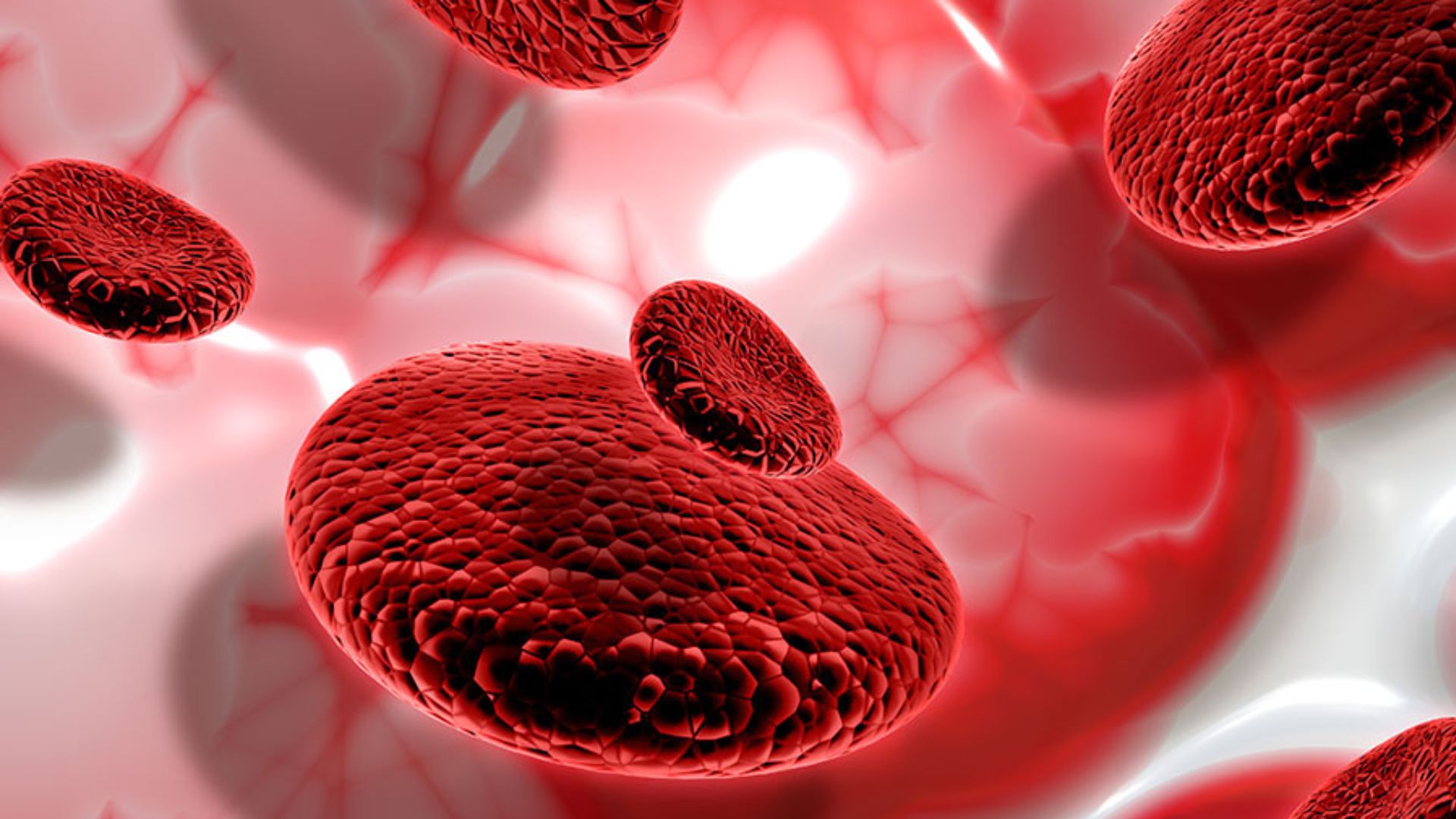India has the largest number of children with Thalassemia major in the world – about 1 to 1.5 lakhs and almost 42 million carriers of ß (beta) thalassemia trait. “About 10,000 -15,000 babies with thalassemia major are born every year,” says the NHM report titled Prevention and Control of Hemoglobinopathies in India- Thalassemias, sickle cell disease and other variant hemoglobins. The report also highlights that 7% of the world population carry an abnormal hemoglobin gene leading to significant hemoglobin disorders like thalassemia. As per a report released by the National Health Mission (NHM), in 2016.
The report emphasizes that about 7% of the world’s population carries an abnormal hemoglobin gene, leading to significant hemoglobin disorders, including thalassemia. These findings highlight the urgent need for increased awareness and preventative measures in India.
To address the growing issue of thalassemia, the Thalassemia Patients Advocacy Group (TPAG) has emerged as a vital player. This patient-led advocacy group aims to protect the overall interests of thalassemia patients in India and work towards preventing the disease.
In an exclusive conversation, Anubha Taneja-Mukherjee, Member Secretary of TPAG, discussed the challenges faced by thalassemia patients and the group’s mission to improve care and awareness across the nation.
Could you explain Thalassemia and how it impacts patients physically and mentally?
Answer: Thalassemia is a hereditary blood disorder that makes your body have less hemoglobin than the normal amount. Haemoglobin is what enables your red blood cells to carry oxygen. Having less hemoglobin can cause anaemia, leaving a person fatigued. There are several types of thalassemia – alpha-thalassemia and beta-thalassemia. Both alpha- and beta-thalassemia can be further divided into mild and moderate to severe. For beta-thalassemia, the mild and moderate-to-severe conditions are known as thalassemia minor and thalassemia major respectively.
Living with thalassemia can be extremely cumbersome on multiple levels. In addition to the obvious physical pain associated with fortnightly blood transfusions, thalassemia also brings along emotional, financial, and societal stress. Furthermore, the chronic nature of the condition and repeated transfusions make thalassemia susceptible to other conditions related to the liver, heart, and endocrine system.
What are the major challenges Thalassemic patients face in India regarding medical care and blood transfusion needs?
Answer: Thalassemic patients in India face significant challenges regarding medical care and blood transfusion needs. A chronic shortage of compatible blood, coupled with high treatment costs and limited access to specialized care, poses significant hurdles for these patients. Additionally, social stigma and discrimination can further exacerbate their challenges, especially in rural areas where awareness of thalassemia is low.
How accessible and affordable are treatments like regular blood transfusions and iron chelation therapy for these patients?
Answer: Treatments like regular blood transfusions and iron chelation therapy for thalassemic patients in India can be both inaccessible and unaffordable. While blood transfusions are essential for managing the disease, the lack of a consistent and reliable blood supply, particularly in rural areas, can hinder access. Moreover, the cost of blood transfusions, along with other necessary medications and medical procedures, can be prohibitively expensive for many families. Iron chelation therapy, used to remove excess iron buildup in the body, is also crucial for thalassemic patients, but its cost can be a significant financial burden. Government subsidies and insurance coverage can help mitigate some of these costs, but many patients still face significant out-of-pocket expenses.
Can you elaborate on the risks associated with blood transfusions for Thalassemic patients, including HIV, Hepatitis, and other blood-borne diseases?
Answer: People living with thalassemia – or any patient requiring frequent blood transfusions for that matter – are also exposed to the risk of transfusion-transmitted infections such as hepatitis and HIV. In this context, safe blood assumes great significance because unsafe blood can cause someone already suffering from a painful chronic condition to be faced with another condition that might not even be treatable but could have been easily prevented by safe blood.
Is there any national mandate for testing donated blood for infectious diseases like HIV and Hepatitis before transfusion? If not, why do you think such a mandate is lacking?
Answer: Despite existing policies for thalassaemia, their implementation is inadequate. This, coupled with a shortage of blood and appropriate facilities, highlights a critical need for urgent action. A nationwide voluntary blood donation campaign is essential. This not only ensures a safe blood supply but also encourages healthy individuals to contribute. Rigorous donor selection and counseling are crucial. The recent Supreme Court PIL by the transgender community seeking the right to donate blood is a stark reminder of the paradox: While blood is in short supply, a willing community is denied the opportunity. Instead of outright exclusion, we should invest in infrastructure to ensure proper blood screening for high-risk groups. The government must mandate world-class blood screening methodologies. This requires a comprehensive approach, including policy development and prevention measures. By addressing these issues, we can significantly improve the management of thalassaemia and ensure a safe and adequate blood supply for all.
What is your assessment of the government’s current role in addressing the needs of Thalassemic patients? Are there any policy gaps?
Answer: The government is actively engaging and soliciting potential blood donors to ensure a steady and sufficient blood supply. However, more needs to be done to completely eradicate this condition. To make blood safer for transfusion, the government of India should look at strengthening and standardising nucleic acid testing (NAT) screening across the nation. The NAT screening should be able to screen the donated blood sample for HIV 1 and 2, Hepatitis B, and Hepatitis C, and communicate the validated NAT screening test results to the concerned blood centre through IT-based information management. Public-private partnerships may be explored to address the cost aspect.To implement the above, a stringent blood law needs to be in place, and the National Blood Transfusion Council (NBTC) should be the nodal regulatory authority. This will lead to strict implementation of its guidelines, which remain voluntary at the moment.
In your opinion, should there be stronger legal frameworks or laws to regulate blood banks and ensure safety for Thalassemic patients? What should those laws entail?
Answer: A consolidated blood law is a necessity and must be introduced. This comprehensive legislation is a lifeline for Thalassemia patients, ensuring the safety of blood transfusions and preventing mortality from transfusion-transmitted infections (TTIs) like HIV and Hepatitis C virus (HCV). This law should mandate the use of Nucleic Acid Testing (NAT) for HIV, HCV, and other infections across the country. Such measures will guarantee safer blood supplies and significantly improve the quality of life for Thalassemia patients by reducing the risk of diseases and complications from blood transfusions.
How can the medical community, media, and NGOs work together to raise awareness about the importance of blood screening for genetic disorders and infectious diseases?
Answer: The medical community, media, and NGOs can collaborate effectively to raise awareness about the significance of blood screening. Medical professionals can develop educational materials, conduct workshops, and participate in public outreach programs. The media can disseminate information through news articles, documentaries, and social media campaigns. NGOs can organize community events, provide support services, and advocate for policy changes. By working together, these entities can increase public understanding of blood screening, encourage early detection of genetic disorders and infectious diseases, and promote preventive healthcare practices.
How do you see the future for Thalassemic patients in India, especially if no new laws on mandatory blood testing are introduced?
Answer: As a thalassemic patient in India, I fear for the future of those yet to be born with this condition. Without mandatory blood testing, there is a high risk of more children being afflicted with thalassemia major, a life-threatening disease. While advancements in medical care have improved the quality of life for thalassemic patients, the burden of frequent blood transfusions and chelation therapy remains significant. The lack of a robust prevention strategy, including mandatory blood testing, puts countless families at risk. It is imperative that the government prioritize the health and well-being of its citizens by implementing effective measures to prevent and manage thalassemia.
Are there any medical advancements or policy changes on the horizon that could improve the quality of life for Thalassemic patients?
Answer: Yes, there are promising medical advancements and potential policy changes that could significantly improve the quality of life for thalassemic patients. Ongoing research is exploring new treatment options, such as gene therapy and stem cell transplantation, which offer the potential for a cure. Additionally, advancements in blood transfusion technology and chelation therapy are making these procedures safer and more effective. On the policy front, there is a growing movement to advocate for mandatory blood testing and genetic counseling, which could help prevent the transmission of thalassemia and improve early diagnosis. These developments provide hope for a brighter future for thalassemic patients and their families.






















